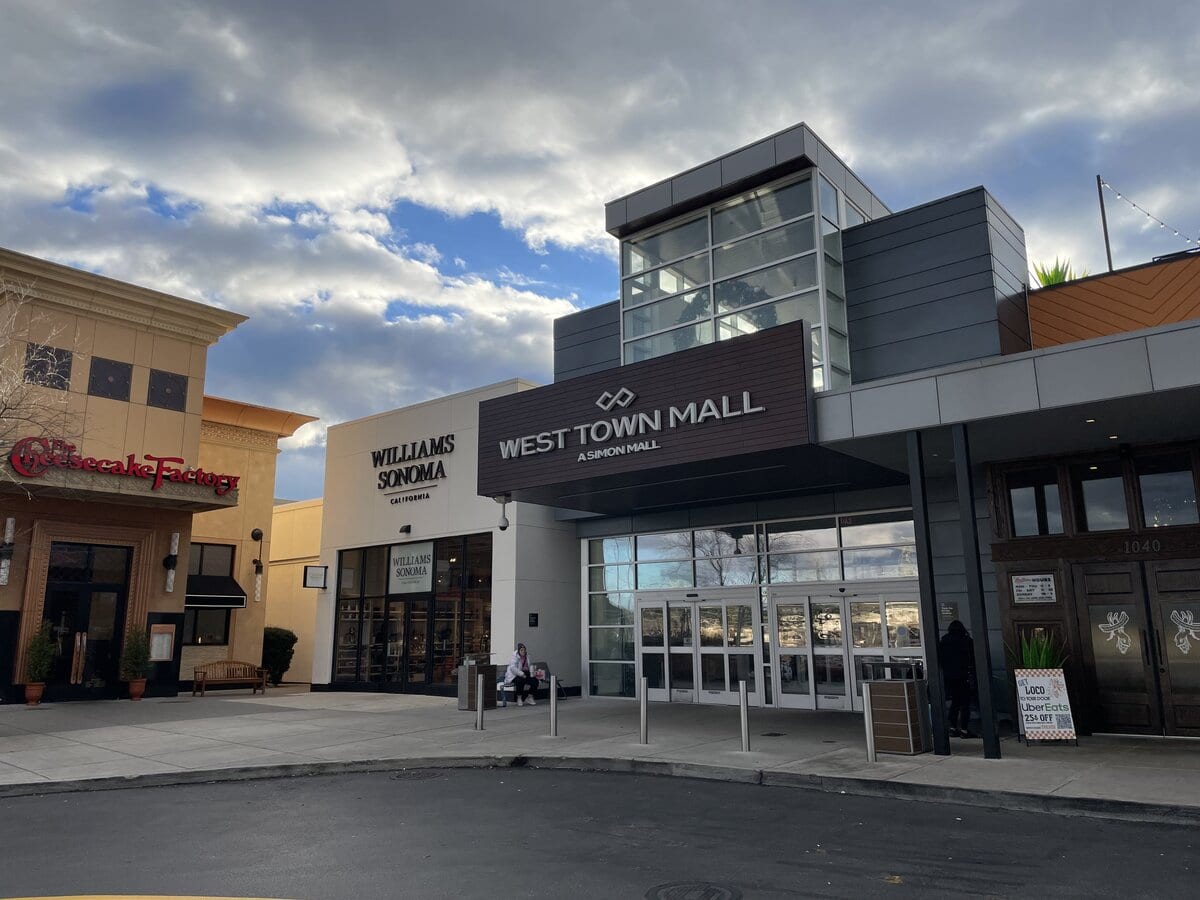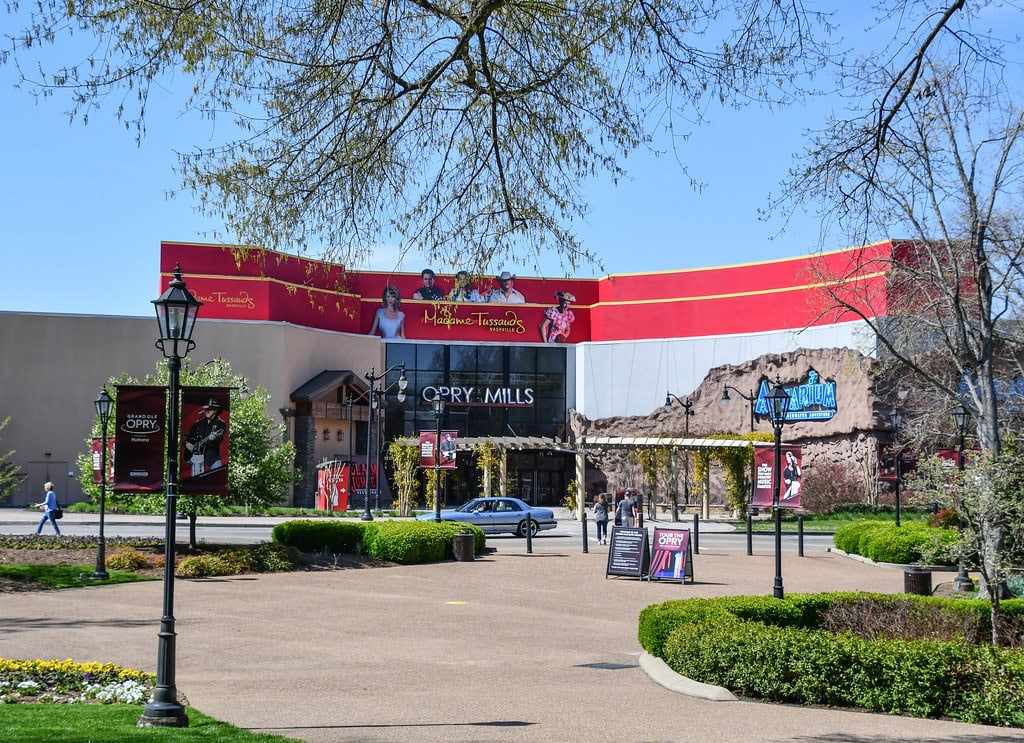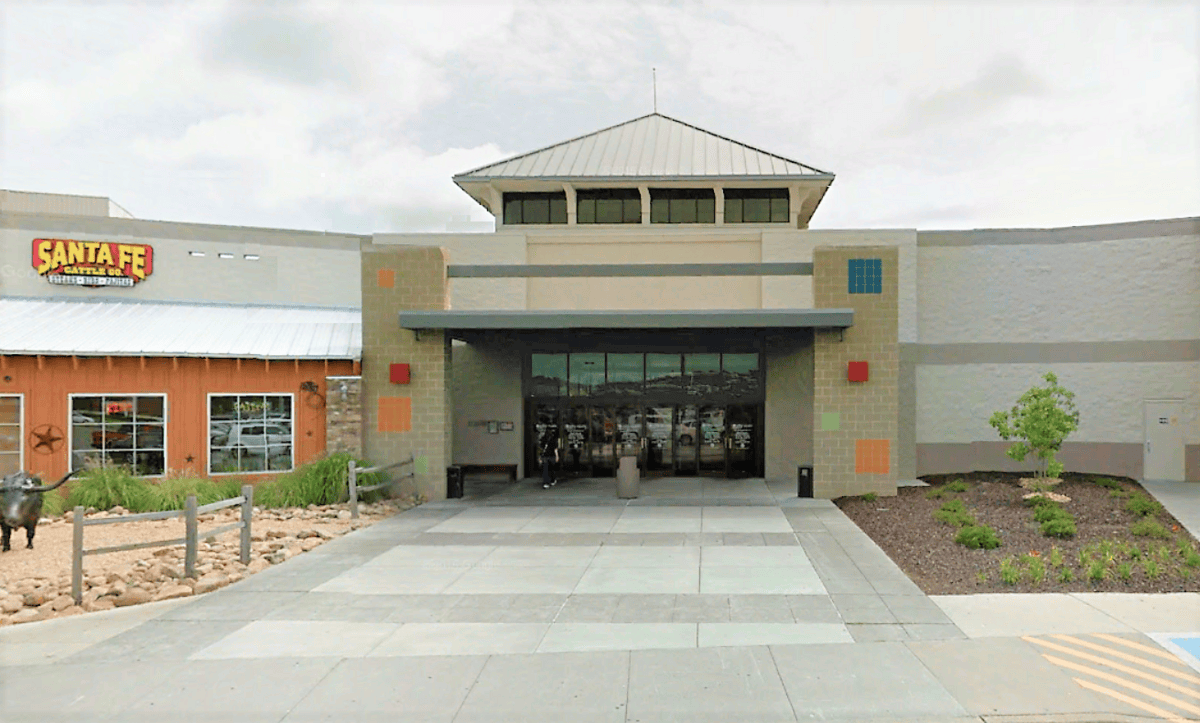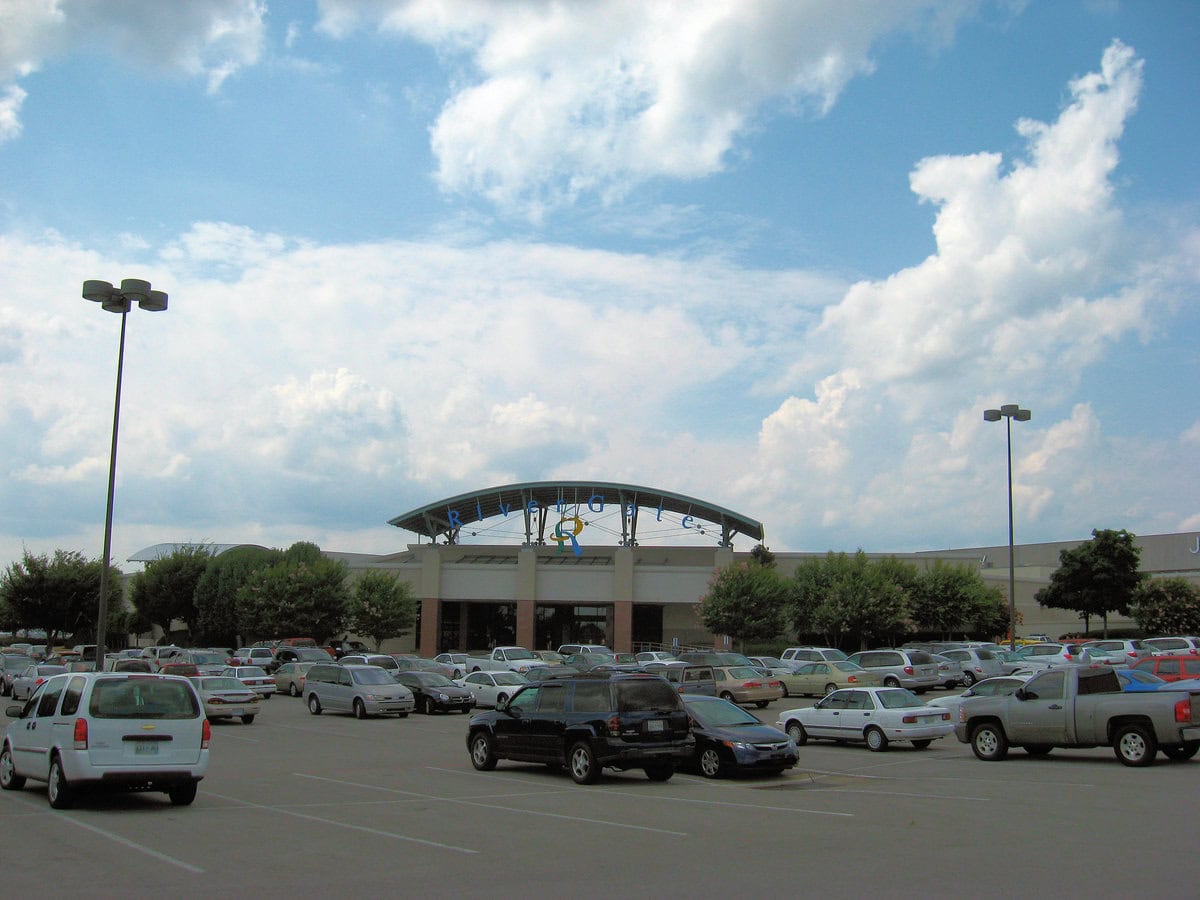Think you know Murfreesboro, Tennessee?
You might walk past the spot that marks the very center of Tennessee without realizing it's there, or not know that the world's largest cedar bucket once traveled the country before ending up in town.
From a 170-mph tornado to the day Elvis packed Murphy Center twice, the city's history is full of surprises.
Here are ten facts that might make even long-time locals do a double-take.

A giant cedar bucket that kept turning up
Cannonsburgh Village displays the World's Largest Cedar Bucket, a red cedar vessel built in 1887 by Tennessee Red Cedar Woodenworks in Murfreesboro.
Period newspapers and later write-ups trace the bucket's roadshow life: it was exhibited at the 1893 World's Fair in Chicago and the 1904 Louisiana Purchase Exposition in St. Louis.
Accounts say a brewery leased it in St. Louis, built a catwalk, and poured beer into it to draw crowds.
The bucket later stood by a grocery on Southeast Broad Street, went to a Georgia amusement park in the 1960s, and came back to Cannonsburgh in 1976.
After a 2005 fire, a rebuilt bucket returned in 2011 behind protective bars.
An obelisk marks Tennessee's geographic center
A simple stone obelisk on Old Lascassas Road marks the geographic center of Tennessee.
The site sits roughly a half-mile to a mile north of the Middle Tennessee State University campus, at 307 Old Lascassas Road.
State and local references trace the first determination of the center to 1834.
The Rutherford County Historical Society later marked the spot with today's monument, which sits in a small roadside pull-off.
Travelers use the location for quick photos, and maps list it as the "Geographic Center of Tennessee." It is within Murfreesboro's city limits and near residential streets and campus facilities, so it's easy to reach without a long detour.
A tornado with 170-mph winds cut a long path
On April 10, 2009, an EF4 tornado tracked across parts of Murfreesboro.
The National Weather Service lists the storm's peak winds at 170 mph, a path length of 23 miles, and a maximum width of about a half-mile.
Survey summaries show the track beginning southwest of town near Eagleville and ending northeast of Murfreesboro.
Local reporting placed the property damage estimate at roughly $41 million days after the storm.
Maps and timelines from the weather service and regional outlets still circulate every spring weather season as residents recall a midday event that struck homes, offices, and road corridors on the city's west and north sides.
The state government met here for eight years
Murfreesboro served as Tennessee's capital from 1818 until 1826.
The city's own history page and state sources both place legislative sessions here in that period before the government returned to Nashville.
A historical tablet on the public square and another state marker around town point out dates for those sessions and note the early status of the town.
The designation was tied to Murfreesboro's central location in the state and to transportation needs at the time.
Today, marker text appears on walking tours and local history sites, and the square, anchored by the 1859 courthouse, still carries that layer of early state history in plaques and photos.
Elvis filled the Murphy Center twice in one day
Elvis Presley played multiple sold-out concerts at MTSU's Charles M. Murphy Center in the 1970s.
University archives and local coverage document four appearances, and MTSU notes that two back-to-back shows in May 1975 were recorded in the arena.
The "Glass House," as locals call the building, seats more than 10,000 for those shows.
MTSU has preserved ticket stubs, programs, and photographs from the concerts, and the university marked the building's 50th anniversary by recalling those events.
The Murphy Center still hosts games and large events, and its interior catwalks, long spans, and blue seats show up in photographs from that period and in current campus materials.
A spring-fed wetland with a boardwalk downtown
Murfree Spring Natural Area sits a short walk from the public square, next to the Discovery Center.
The city and the U.S. Army Corps of Engineers created the 25-acre wetland and boardwalk in 2000, adding raised paths through cattails and shallow pools.
City pages describe turtles, wading birds, and frogs commonly seen from the railings.
Local reports note the site's restoration as part of downtown planning in the early 2000s.
Interpretive signs describe the spring, early waterworks, and native plants.
The boardwalk loops back to the museum entrance, and a paved trail links the wetland to nearby streets and a small parking area.
Folk dancers have visited for decades
International Folkfest brings dance troupes to Rutherford County each June, with stages in Murfreesboro and nearby towns.
Local organizers trace the event's roots to 1982, when the Cripple Creek Cloggers and Steve Cates helped host the first edition.
The festival's nonprofit, the International Folkloric Society, was formed in 1986 and continues to coordinate visiting groups and host families.
Recent schedules show ensembles from Europe, the Caribbean, and Mexico performing in schools, parks, and town centers during a week of events.
Local stations and calendars post lineups each spring, noting public shows around the square and at nearby venues in Smyrna, Bell Buckle, and other towns.
An earthen fort the size of a neighborhood
After the fighting at Stones River, the U.S. Army built Fortress Rosecrans on Murfreesboro's northwest side.
The National Park Service describes it as the largest enclosed earthen fortification constructed during the Civil War.
Plans by engineer James St. Clair Morton created a network of walls and redoubts enclosing more than 200 acres, with 14,600 feet of earthworks guarding rail lines and large supply depots.
Much of the fort was later removed, but significant sections remain in Old Fort Park and along the North Murfreesboro Greenway.
Interpretive signs show the outline, and visitors can walk past deep ditches, sodded walls, and named works such as Lunette Thomas and Lunette Palmer.
A natural history museum with dinosaurs and minerals
Earth Experience - The Middle Tennessee Museum of Natural History opened in Murfreesboro in September 2014.
State tourism and local coverage describe it as the only natural history museum in Middle Tennessee.
The museum displays fossils, minerals, and reconstructed skeletons, including a full-scale Tyrannosaurus rex replica.
Exhibits rotate as volunteers and collectors contribute specimens from digs and private collections, and the galleries mix regional geology with wider paleontology.
The museum operates on Old Salem Road in a straightforward storefront setting, with tickets sold on site.
Press accounts from its opening detail several thousand items on display and a focus on hands-on learning.
Concrete as a college major started here
Middle Tennessee State University launched the nation's first Concrete Industry Management bachelor's program in 1996.
The program trains students for ready-mix, precast, and construction management roles with lab courses and industry partnerships.
In October 2022, MTSU opened a 54,000-square-foot School of Concrete and Construction Management building with casting yards, materials labs, and a 200-seat hall.
University releases and industry groups trace the program's growth from early cohorts to a multi-school network.
The new building sits near the heart of campus.
It showcases finishes and structural systems that students study in class, including mix designs, reinforcing, and formwork, which they can inspect up close.









